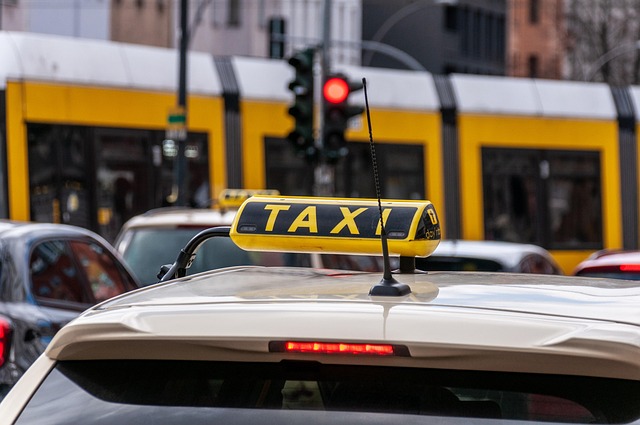Car title loans cater to diverse needs across urban and rural areas, with city dwellers having higher incomes and access to traditional banking, while rural residents face limited financial options due to limited bank access, leading to potentially less favorable loan terms. Urban customers prioritize traditional services, viewing car title loans as a last resort, whereas rural communities rely on them for immediate financial support.
In today’s financial landscape, understanding car title loan customer demographics is crucial for lenders aiming to cater to diverse borrower needs. This article delves into the distinct urban vs. rural customer profiles seeking car title loans, exploring critical socioeconomic factors influencing their loan choices. By analyzing these differences, lenders can tailor services and offer flexible terms to accommodate a broader market. Discover how geographic variations impact income demographics and shape borrowing behaviors in this comprehensive comparison.
- Urban vs. Rural Customers: A Comparison
- Car Title Loan Demographic Differences
- Socioeconomic Factors and Loan Choices
Urban vs. Rural Customers: A Comparison

In the urban landscape, car title loan customers tend to be a diverse group with varied income demographics. The fast-paced nature of city life often leads individuals to seek quick and convenient financial solutions for their emergency funds. These borrowers may include young professionals, small business owners, or those facing unexpected expenses, all in need of immediate access to capital. Urban areas provide easier access to financial institutions and online lenders, making car title loans a popular choice for those requiring flexible payments.
In contrast, rural customers have distinct characteristics driven by the unique challenges of life outside metropolitan centers. With limited access to traditional banking services, rural residents might be more inclined towards alternative lending options. Car title loans offer them a safety net during financial emergencies, providing a means to cover unexpected costs without relying heavily on payment plans from banks. The flexibility of these loans aligns well with the self-sufficient mindset often prevalent in rural communities.
Car Title Loan Demographic Differences

In the urban landscape, car title loan customers tend to exhibit distinct demographics compared to their rural counterparts. Urban dwellers often have higher incomes and are more likely to be employed in professional or service-based industries. This financial stability is reflected in their ability to secure larger loans with better interest rates. Additionally, urban residents typically own newer vehicles with higher resale value, which serves as substantial vehicle equity for loan purposes. The convenience of proximity to lenders and a robust financial ecosystem make car title loans more accessible and attractive options for urban dwellers seeking quick funding.
In contrast, rural areas present a different picture. Lower average incomes and a predominance of blue-collar jobs mean that rural customers may have limited financial flexibility. As such, they often opt for car title loans as a last resort, leaning on their vehicles’ equity to bridge financial gaps. The availability of lenders in rural communities can be sparse, leading to higher loan extension rates and potentially less favorable terms. San Antonio Loans, for instance, might find that rural customers are more susceptible to predatory lending practices due to fewer alternatives and a greater reliance on vehicle equity.
Socioeconomic Factors and Loan Choices

In urban areas like San Antonio and Fort Worth, where populations are dense and diverse, socioeconomic factors play a significant role in shaping loan choices. Higher income demographics often opt for traditional banking services and personal loans due to better credit access and lower interest rates. Car title loans, while still an option, might be considered a last resort given the stringent requirements and potentially shorter loan terms compared to other urban loan options. Urban residents may also have better access to financial education and resources, enabling them to make more informed decisions about their borrowing needs.
Conversely, in rural regions, where communities are spread out and populations are less diverse, socioeconomic constraints can limit access to traditional banking services. This often leads to a higher reliance on alternative lenders, including car title loans, which offer flexibility and quicker approval times, albeit at potentially higher interest rates. Loan terms for rural borrowers might be more tailored to their cash flow patterns and shorter-term financial obligations, aligning with the need for immediate funds rather than long-term repayment strategies.
In comparing urban and rural car title loan customers, we’ve uncovered distinct socioeconomic profiles and loan preferences. Urban borrowers tend to have higher incomes, access to traditional financial services, and often seek shorter-term loans for immediate needs. In contrast, rural customers typically face limited banking options, lower average incomes, and opt for longer-term loans due to tighter financial constraints. Understanding these demographics is crucial for lenders when tailoring services to meet the unique financial landscapes of both urban and rural communities.






